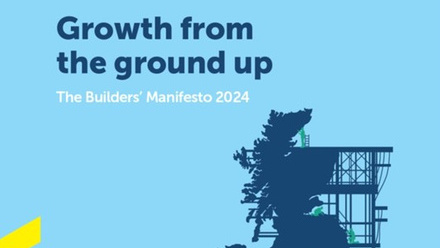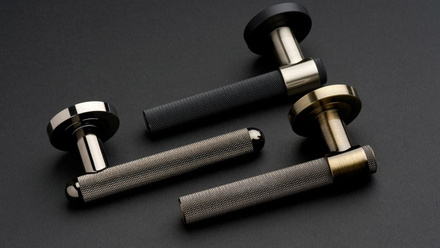*Lead image ©Donaldson Timber
Many of us enjoy using products we’re familiar with, yet in times of constrained supply it pays to know a few good alternatives that might enable you to keep on building. The Timber Trade Federation (TTF)’s merchant timber specialist members have a few ideas to offer, from alternatives for interior and exterior work to sourcing a range of different options.
1. Research innovative products
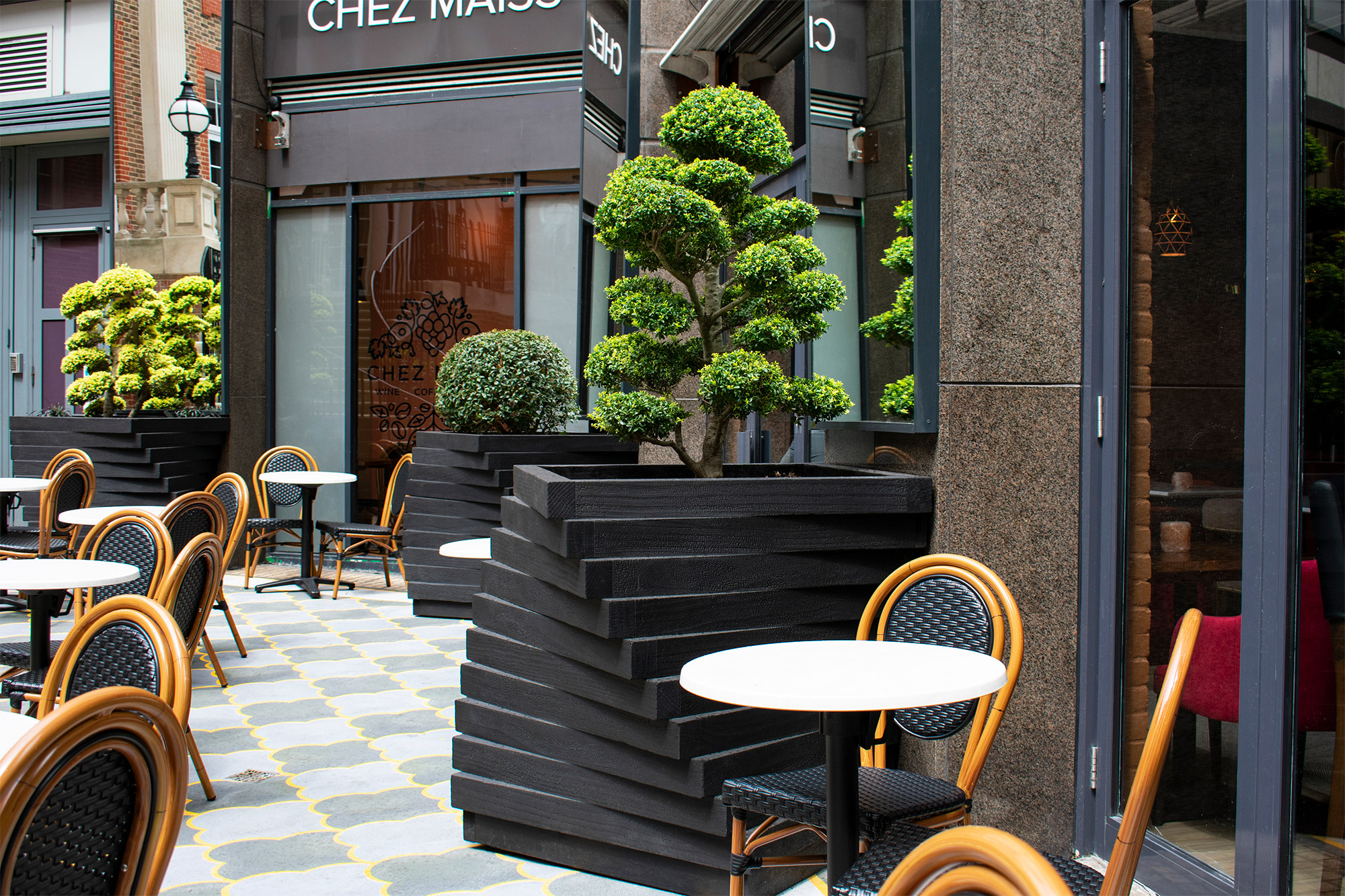
Dean Rolls, Panel Products Lead at Arnold Laver, suggests an unusual alternative for exterior work: “Useable for everything from front doors to bespoke planters, Medite’s Tricoya Extreme, also known as MTX, machines easily but gives a longer-lasting result than using standard softwood.
It’s hard to conceive that it’s actually an MDF product, as its lifespan outside is 25 years in contact with soil and up to 50 years used outdoors when not in contact with soil.”
2. Make safe material substitutions
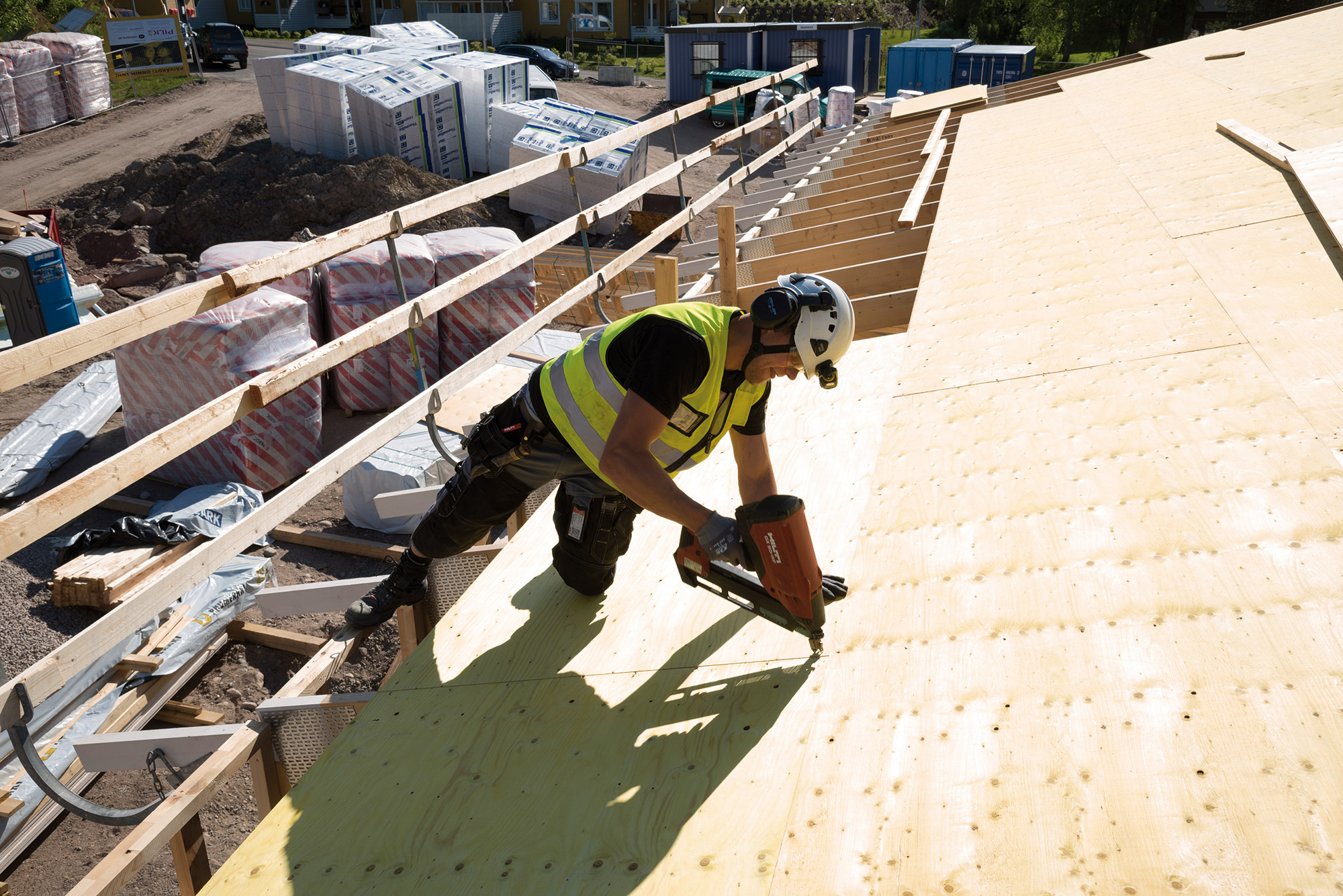
Award-winning Wood Lane Timber Merchants in Nottinghamshire likes to ensure that any substitute suggested will perform correctly for the builder. This is absolutely paramount where safety is concerned.
Managing Director Pat Kelly reveals: “For builders wishing to substitute joinery timbers such as Iroko or Hemlock, we’d recommend the modified wood Accoya, which, in terms of durability, performs equally well. “In sheet materials, many builders use Elliottis Pine plywood, but the modern forms of OSB will perform just as well, as will something like WISA Spruce plywood. We’re very keen to make sure, though, that builders use the right sheet material for the right use. We will only recommend sheet materials that have a Class 3 glue bond, which will withstand a number of different situations. The last thing any builder needs is a panel product that will delaminate, so the glue line is key.”
3. Make use of alternative MDF products
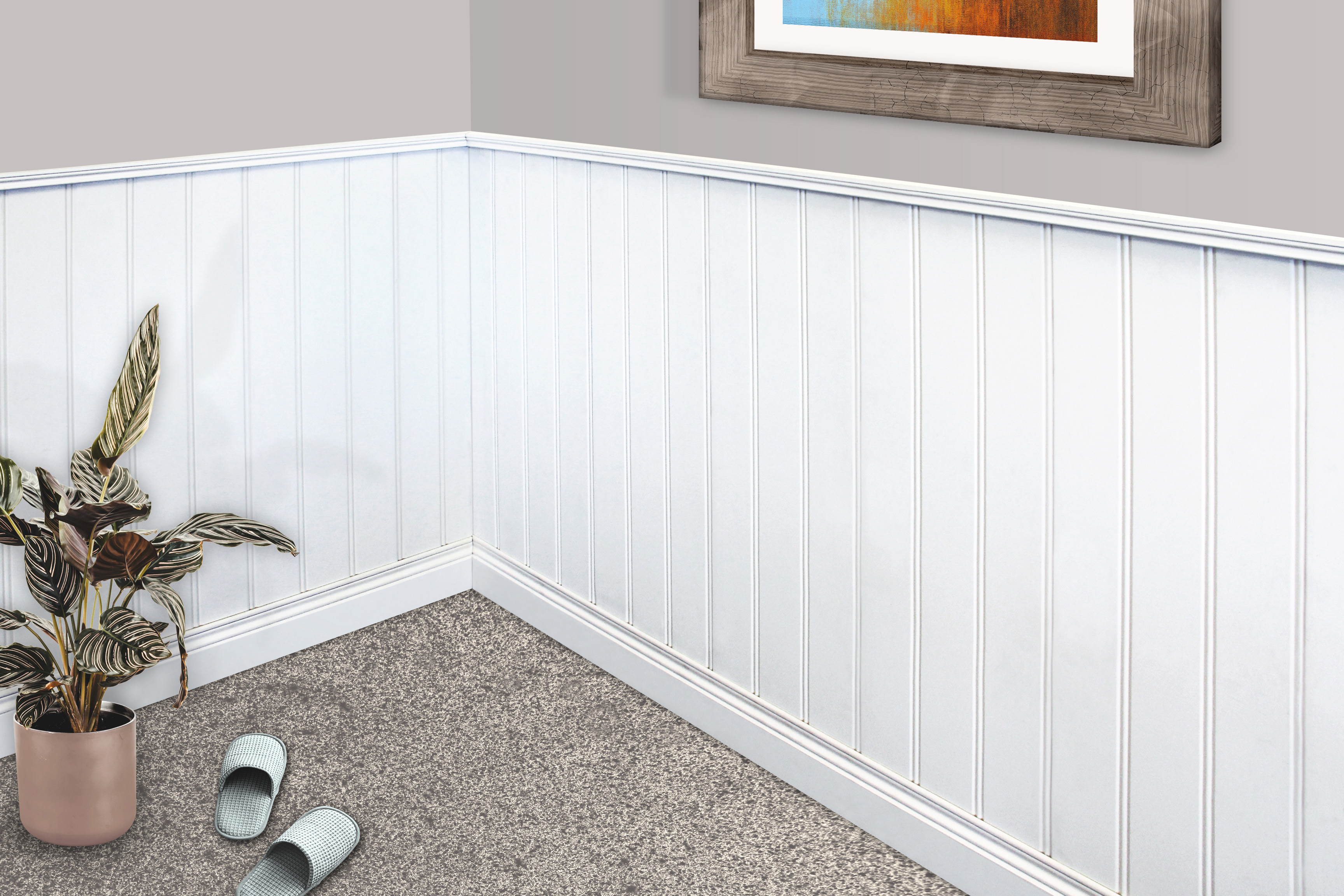
“Although many builders still prefer traditional timber, it’s useful to know that MDF alternatives aren’t just limited to the likes of skirting boards,” says Paul Pennick, Timber Product Manager at MKM Building Supplies.
“MDF Primed Nosed & Tongued (N&T) window board is one of a number of MDF alternatives to solid timber profiles. MDF wall panelling is also an alternative to solid timber interior cladding. In the landscaping category, useful options include Oak sleepers, for example, instead of traditional Pine or Spruce.”
4. Make use of agile, independant timber merchants
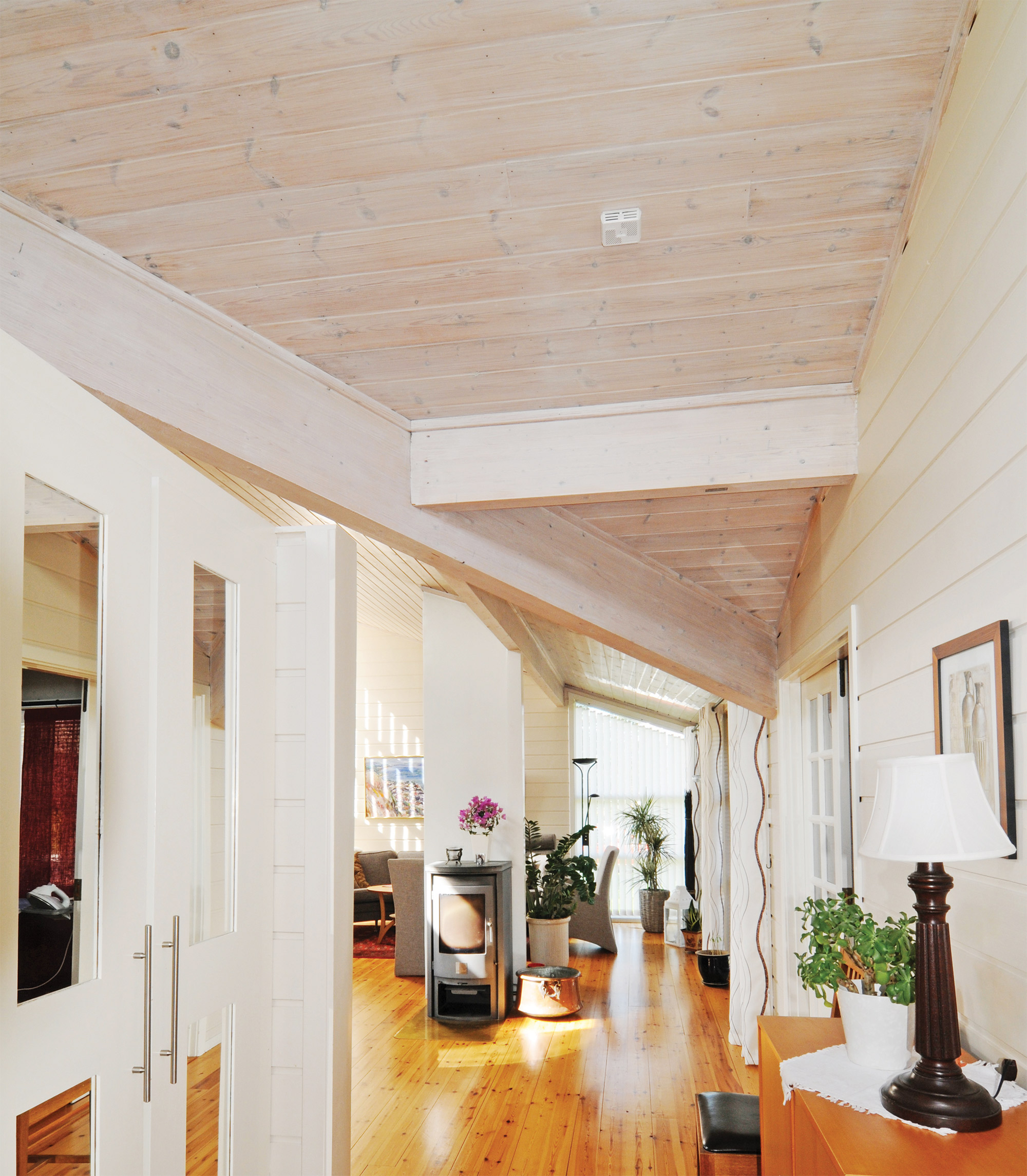
“When it comes to finding remedies to current product shortages, independent timber merchants have the agility to be flexible,” says Phil McCormick, Managing Director of Nicks Timber in Gloucester. “One of our builder customers was being held up because a ‘steel’ was not available. The clients turned to timber, and we researched and quoted on Glulam beams for them. However, even Glulam is now on an extended lead time, with the current timber supply issues.”
On other substitutions, McCormick adds: “Cedar is a popular species but currently can’t be readily obtained, so Larch is being used as a Cedar substitute. As Larch supplies are also now reducing, customers are falling back on joinery Redwood. In panels, OSB and softwood plywood prices are currently higher than hardwood plywood, and there is little or no chipboard available. We are, therefore, stocking more hardwood plywood. At least it helps our builder customers to get the job done.
“Firms like Nicks Timber with machining and treatment capabilities can create product out of larger sizes and using different species to help customers with requirements. With prices rising it is sometimes possible to access what would usually be top joinery grades of softwood and reprocess them as sleepers, for example, to help fulfil demand.”
5. Explore homegrown timber options
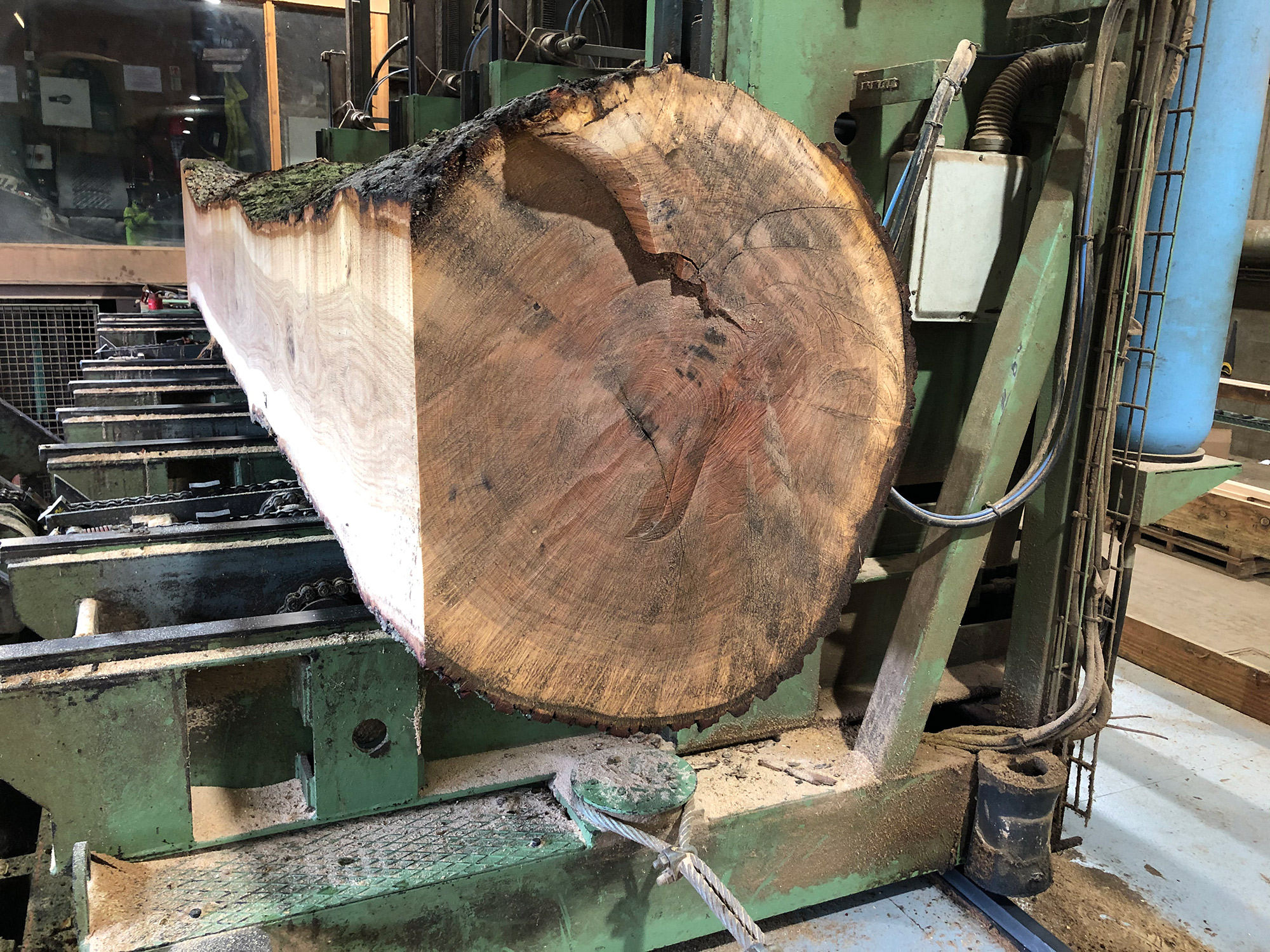
More people are turning to homegrown timber options to alleviate shortages,” says Brian Passmore, Sales Representative (Homegrown & Marine) at Brooks Bros UK’s Sewstern sawmill near Grantham, Lincs. “Customers are also interested in locally sourced and British-grown timbers from a CO2 standpoint, as the timber hasn’t travelled far. Aside from Oak, we’ve processed a lot more homegrown Douglas Fir and Larch this year, and homegrown Western Red Cedar for cladding.
“If a customer’s suggested or requested timber species isn’t available we can advise on a technically-feasible substitute,” continues Passmore. “We provide all the information, so the customer can make an informed choice. A recent example was to fi nd an alternative to glulam beams, which have an extended lead time. We were able to machine the section size of beam from solid timber instead, which enabled the project team to continue building.
“We often get requests for large air-dried structural beams, up to 7.5m long, which we visually grade and provide certificates for. It’s worth asking us your questions; we’ll soon tell you if it’s possible or source an alternative. By using our Brooks Bros national distribution network, we can supply across the UK.”
This article was originally published in the August / September 2021 edition of the Master Builder magazine. Members can login to view a copy.



